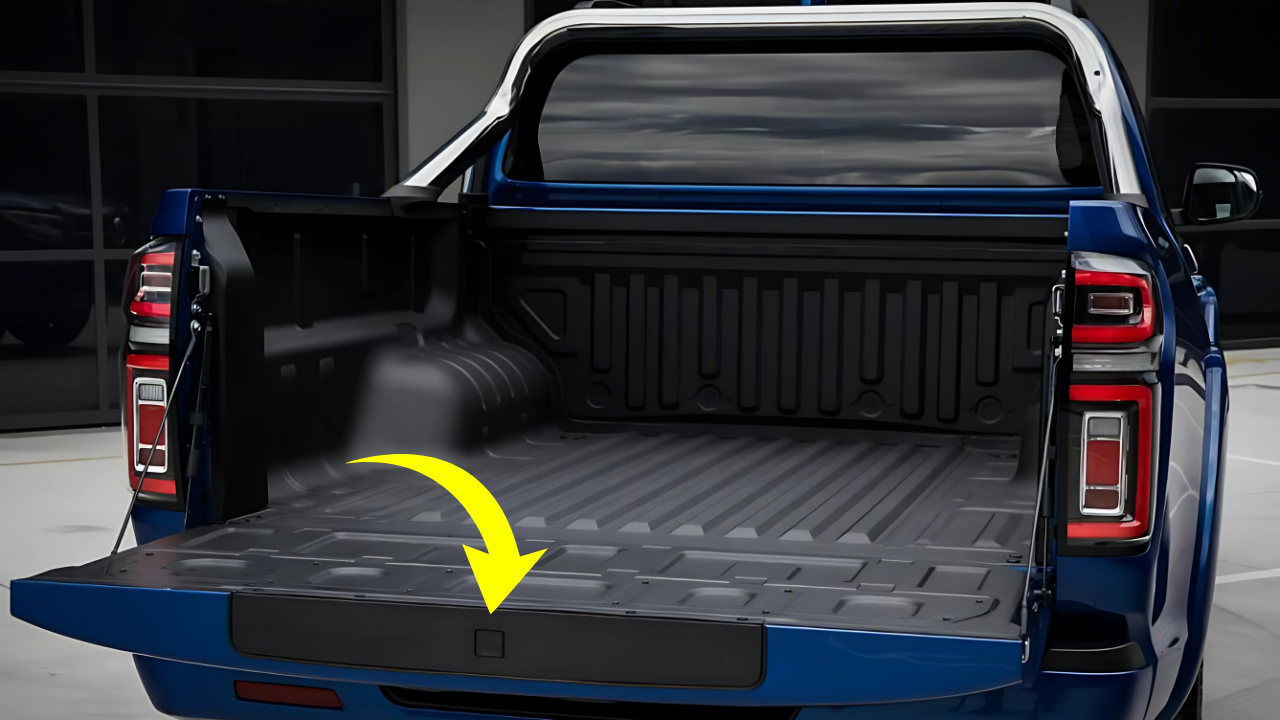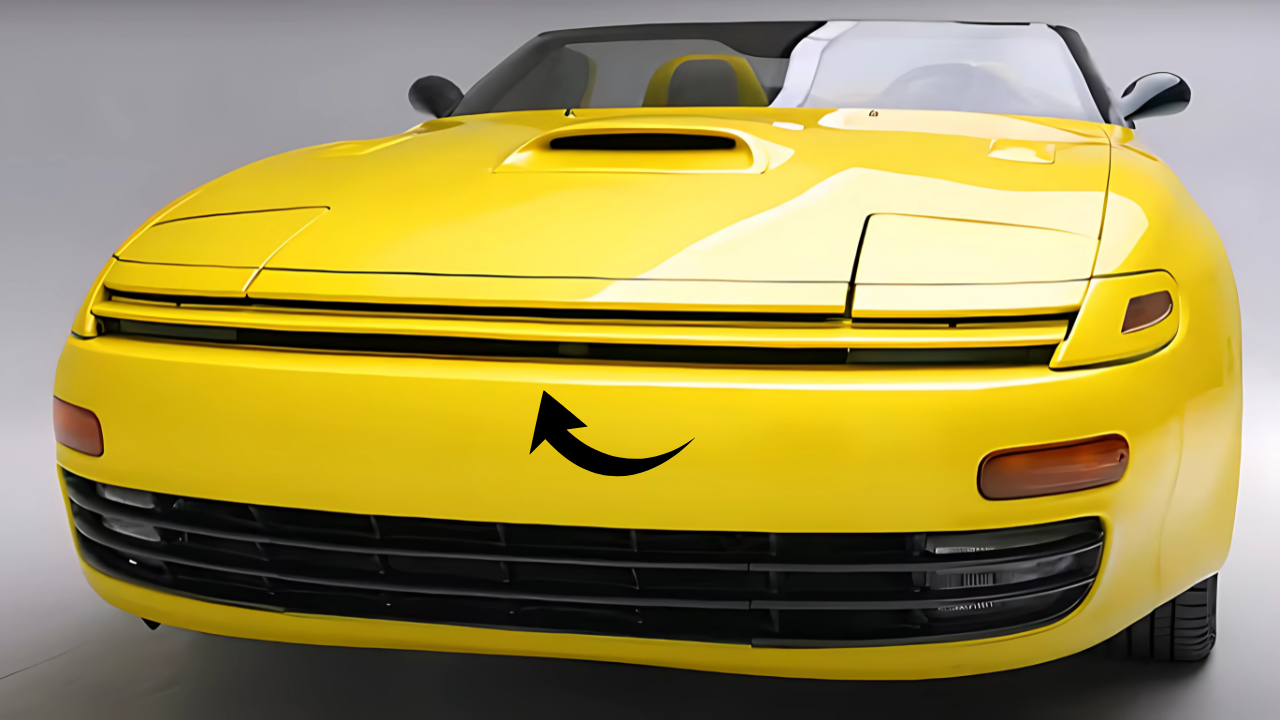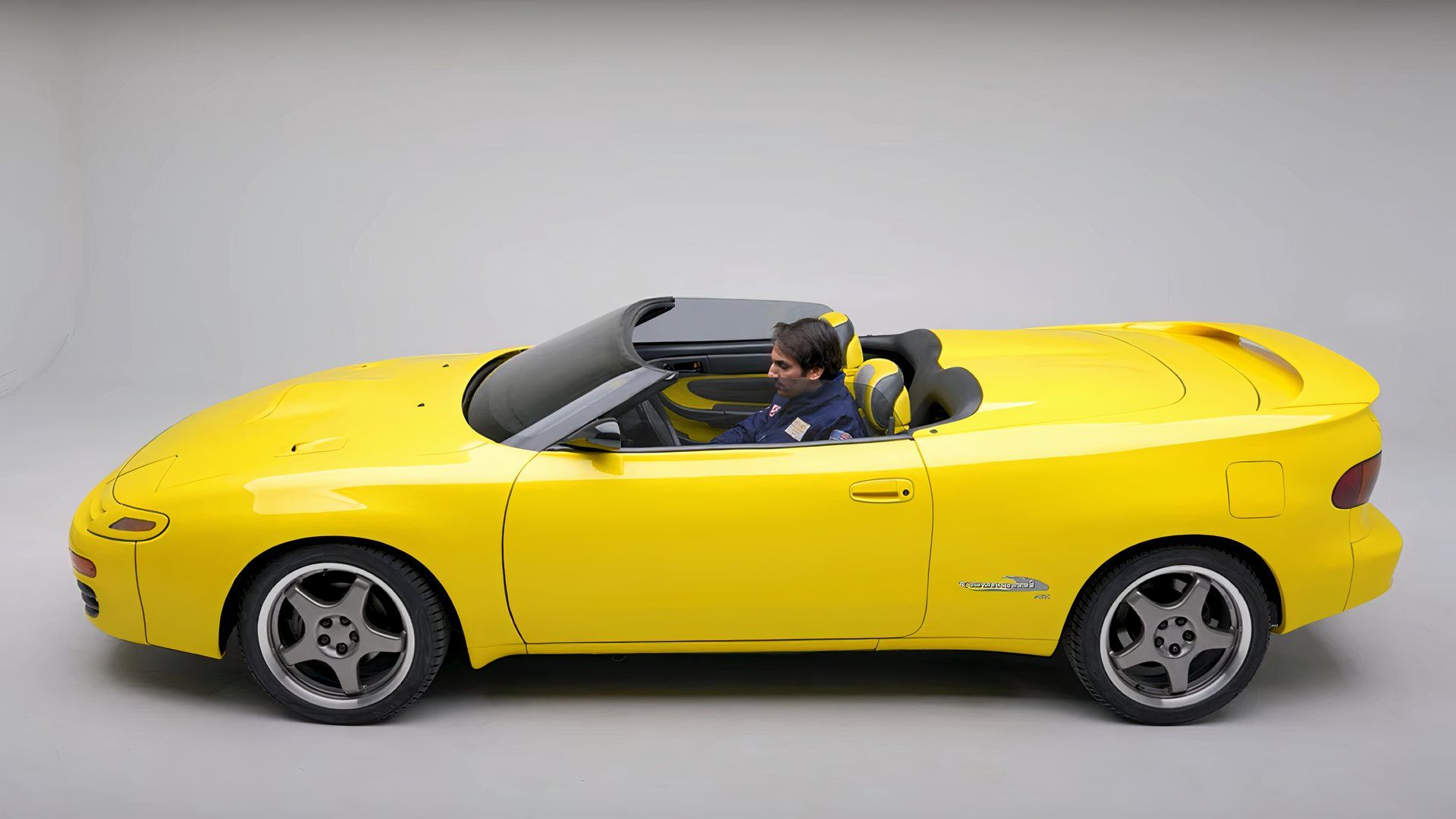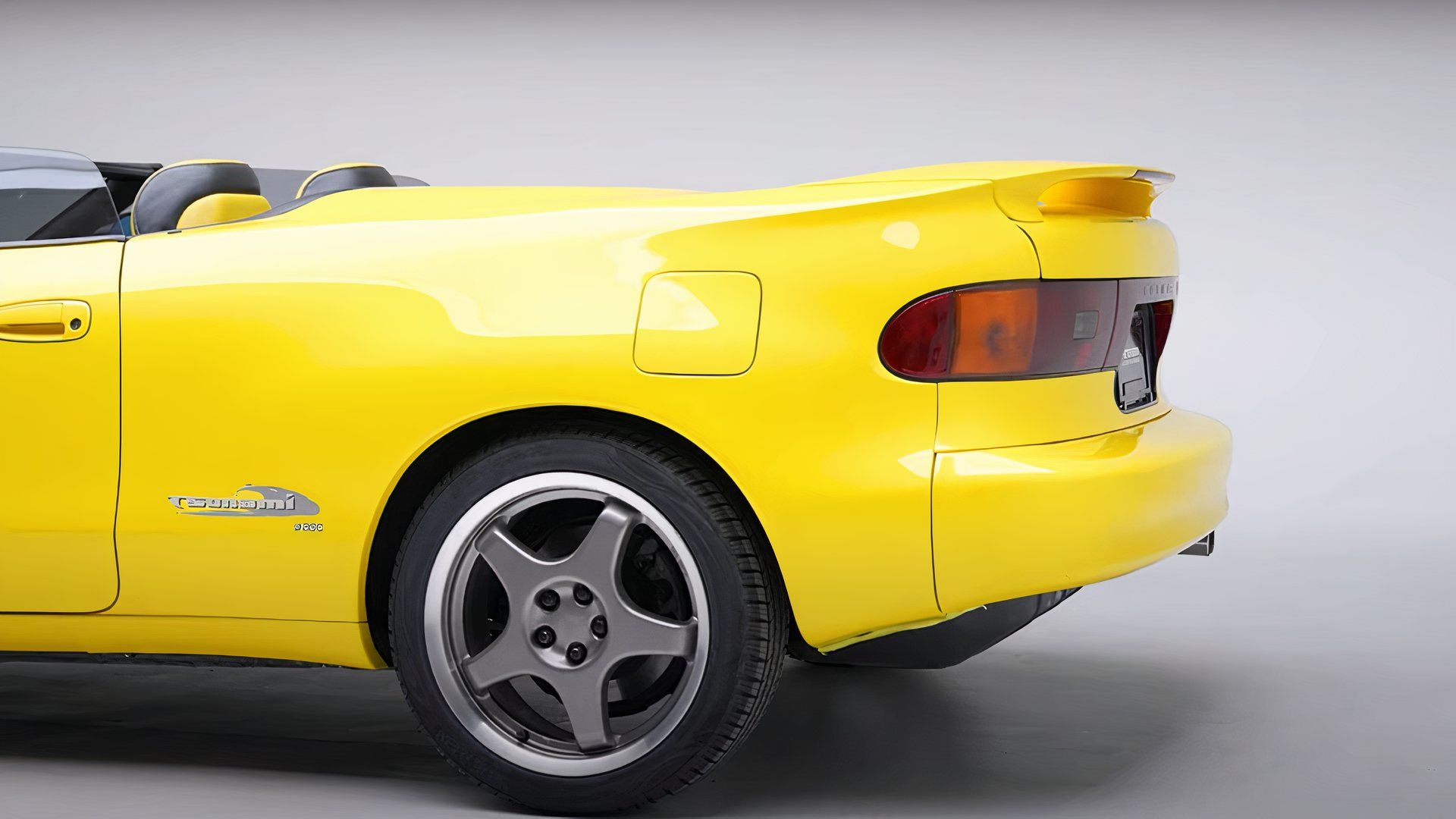Finding a capable double-cab 4×4 ute that won’t break the bank has never been easier in New Zealand’s current automotive landscape. While premium brands like Ford and Toyota continue to command hefty price tags, a new wave of manufacturers has revolutionized the budget pickup segment, delivering impressive capability and features at surprisingly affordable prices.
The modern ute buyer faces an interesting dilemma: stick with established names that come with premium pricing, or venture into the territory of emerging brands offering exceptional value. For those willing to explore beyond traditional choices, the sub-$50,000 market now offers genuine alternatives that would have been unthinkable just a few years ago.
This comprehensive guide examines five standout double-cab 4×4 utes that prove you don’t need to spend a fortune to get a vehicle that can handle both daily commuting and weekend adventures. From Chinese manufacturers making their mark to established brands offering clearance deals, these options represent the sweet spot of price, performance, and practicality.
## The Changing Landscape of Budget Utes
The transformation of New Zealand’s ute market has been remarkable. What once required a $60,000+ investment can now be achieved for significantly less, thanks largely to increased competition and improving build quality from newer market entrants. These vehicles aren’t just cheaper alternatives – they’re legitimate contenders offering features and capabilities that rival their more expensive counterparts.
Modern budget utes come equipped with sophisticated technology, comfortable interiors, and the rugged capability that New Zealand conditions demand. The stigma once associated with budget brands has largely evaporated as quality standards have risen dramatically.
## Our Top 5 Budget Double-Cab 4×4 Picks
### JAC T9: The Heavy-Duty Newcomer

#### Pricing and Value Proposition
At $49,990, the JAC T9 represents exceptional value in the budget ute segment. This “launch pricing” has remained consistent, making it an attractive proposition for buyers seeking maximum features without the premium badge surcharge.
The T9 comes as a single, fully-loaded specification, eliminating the confusion of multiple trim levels. Every vehicle includes leather upholstery, power-adjustable front seats, a comprehensive 360-degree camera system, and JAC’s cleverly named “pie warmer” – a heated storage compartment that’s both practical and uniquely appealing to New Zealand buyers.
#### Engineering and Capability
What sets the JAC T9 apart from many budget competitors is its serious approach to engineering. Despite being relatively new to the ute market (JAC’s first pickup launched in 2015), the company brings over 60 years of heavy truck manufacturing experience to the table.
This heritage shows in the component selection. The T9 features parts from respected suppliers including ZF, Borg Warner, and Eaton – names that carry weight in commercial vehicle circles. This mechanical specification suggests longevity and reliability that’s crucial for both work and recreational use.
The vehicle’s design philosophy prioritizes functionality over flash, making it particularly appealing to buyers who need genuine capability rather than showroom appeal. The towing capacity and payload figures compete directly with established segment leaders, while the pricing remains firmly in budget territory.
### GWM Cannon: The Reformed Character
From Humble Beginnings to Market Contender
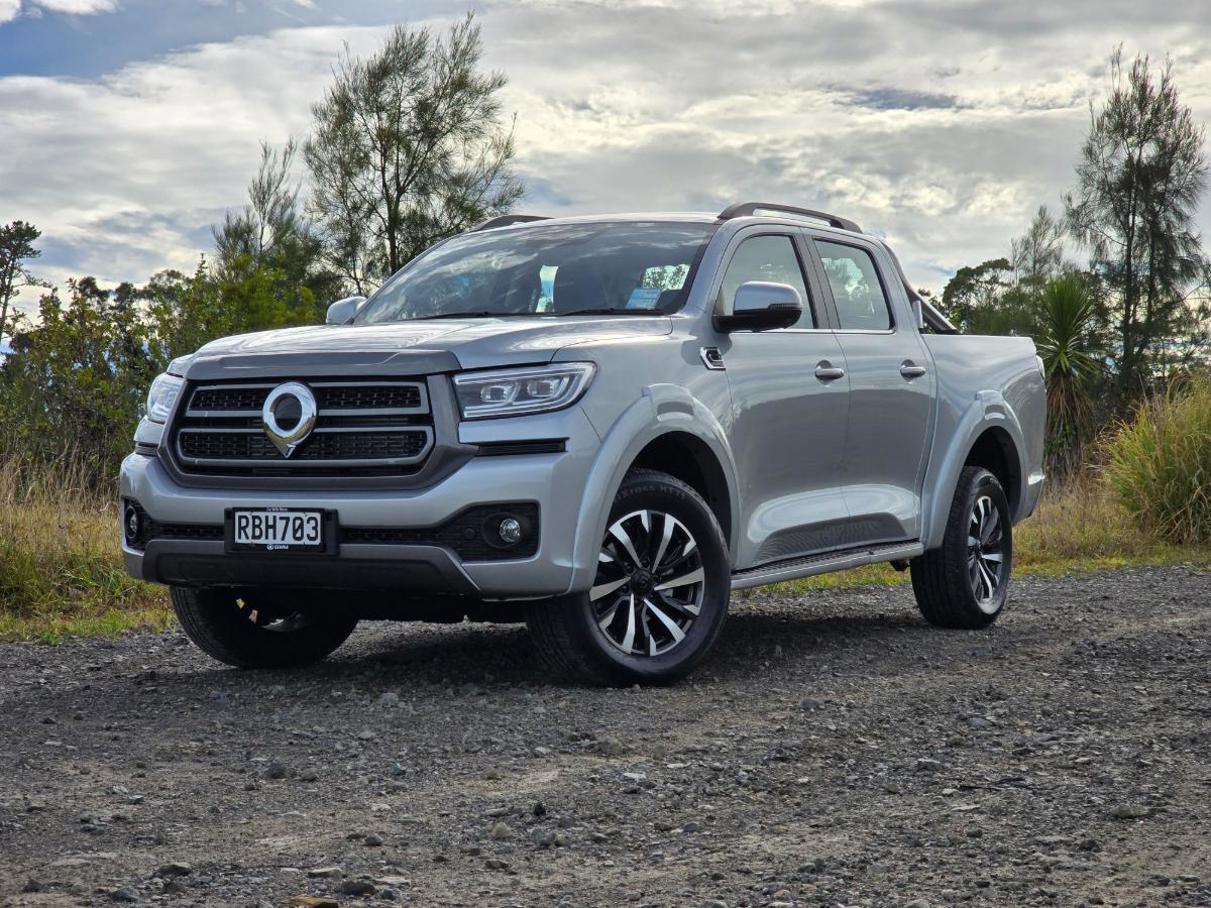
GWM’s journey in New Zealand illustrates how dramatically the Chinese automotive industry has evolved. When Great Wall Motors first arrived in 2009, their vehicles were undeniably cheap but fell short on quality, refinement, and reliability. The current Cannon represents a complete transformation of this brand philosophy.
Priced at $43,490 (or $40,490 on current special offers), the Cannon-L delivers remarkable value. This single-specification approach simplifies the buying process while ensuring every customer receives the full suite of features and capabilities.
#### Technical Advancement and Real-World Performance
The recent upgrade to a 2.4-litre engine has addressed one of the previous generation’s main shortcomings. Improved driveability and enhanced refinement make the Cannon a genuine daily-driver proposition, not just a work tool.
The increased towing capacity of 3.5 tonnes puts the Cannon on par with segment leaders, while the comprehensive warranty coverage provides peace of mind that was once the exclusive domain of established brands. The interior quality and fit-and-finish now compete directly with vehicles costing significantly more.
For buyers seeking the maximum capability per dollar spent, the Cannon represents exceptional value. The combination of presence, performance, and practicality at this price point is genuinely impressive.
### KGM Musso: The Reliable Workhorse
Navigating the Name Changes

The vehicle now known as the KGM Musso has undergone more name changes than many buyers can track. Previously sold as the SsangYong Rhino in New Zealand, and originally called the Musso globally, this Korean pickup has finally settled on its current identity following corporate restructuring.
Despite the branding confusion, the underlying vehicle remains a known quantity with a established track record. This stability can be reassuring for buyers wary of completely new market entrants.
#### Proven Capability and Competitive Pricing
Under $45,000 for the top Sachi variant represents excellent value for a vehicle with the Musso’s capabilities. The 3.5-tonne towing capacity matches the best in the segment, while the robust construction has proven itself over years of New Zealand service.
The Musso’s unique styling sets it apart from the increasingly homogenized pickup market. While not everyone will appreciate its distinctive appearance, it certainly stands out from the crowd and offers genuine character in a segment that can sometimes feel generic.
The range rationalization has simplified the buying process while maintaining the features that matter most to practical buyers. The combination of capability, reliability, and competitive pricing makes the Musso a logical choice for value-conscious consumers.
### LDV T60: The Warranty Champion
Positioning in the Market
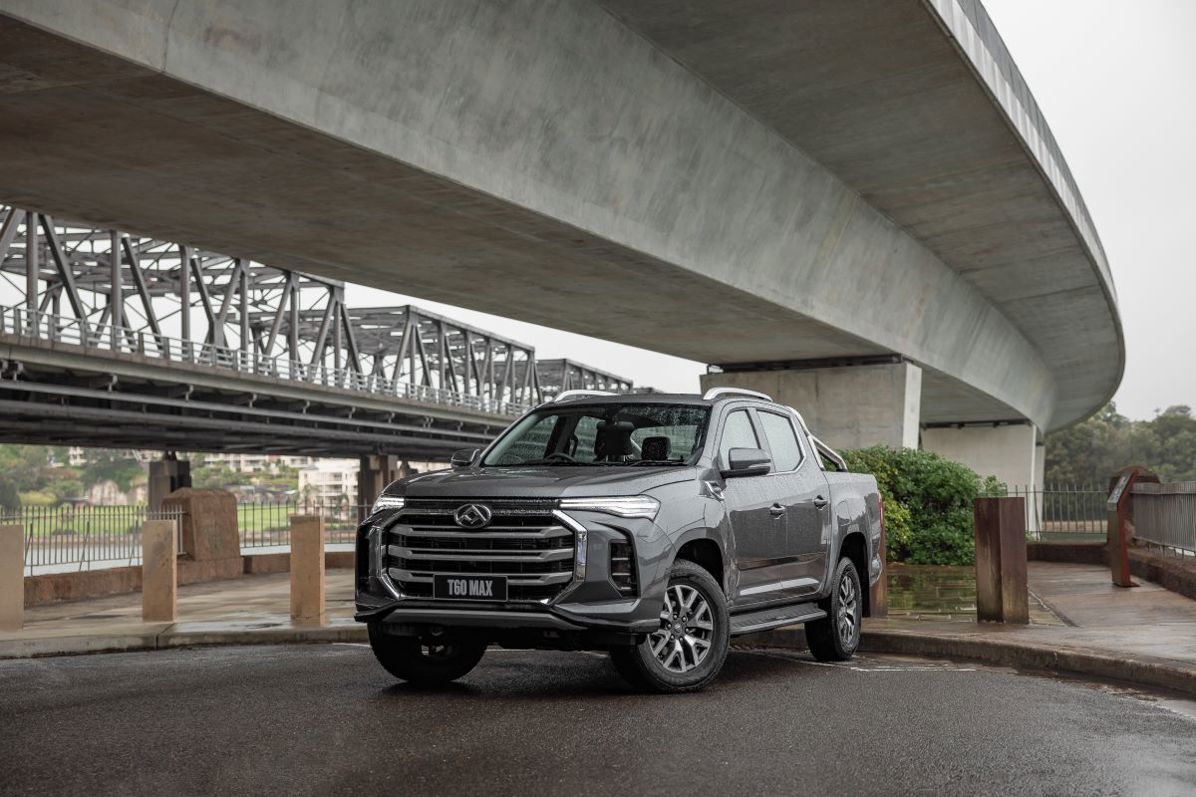
The standard LDV T60 occupies the most affordable end of our budget spectrum, starting well under $40,000. While it may lack some of the polish found in pricier competitors, it compensates with aggressive pricing and impressive warranty coverage.
The T60 Lux variant strikes the best balance between features and affordability. Blacked-out exterior details provide a more contemporary appearance, while advanced driver assistance features including autonomous emergency braking and 360-degree cameras enhance both safety and convenience.
#### Long-Term Value Proposition
LDV’s 7-year warranty coverage represents the best in class and demonstrates the manufacturer’s confidence in their product. This extended coverage can significantly reduce ownership costs and provides reassurance that’s particularly valuable when choosing a less-established brand.
The T60’s straightforward approach appeals to buyers who prioritize functionality over luxury. While it may not win beauty contests, it delivers the core ute capabilities at a price that’s hard to argue with.
### Nissan Navara: The Establishment Choice
Runout Opportunity

The current Nissan Navara’s runout status creates a unique opportunity for budget-conscious buyers. With an all-new generation on the horizon, Nissan has significantly reduced pricing to clear existing inventory, bringing an established nameplate into budget territory.
Pricing varies by dealer, but indicative discounts put the SL variant under $40,000 and the ST under $45,000. The range-topping ST-X, with its comprehensive feature set, becomes achievable at the $50,000 mark.
#### Known Quantity Advantage
For buyers hesitant about newer brands, the Navara offers the security of an established nameplate with known service networks and parts availability. While it may soon be replaced, the current generation remains a capable and refined choice.
The Navara’s refinement and on-road manners reflect decades of development and market feedback. This maturity shows in daily driving situations where the Korean and Chinese alternatives might feel less polished.
## Detailed Comparison Table
| Model | Price Range | Engine | Towing Capacity | Warranty | Key Features |
|---|---|---|---|---|---|
| JAC T9 | $49,990 | 2.0L Turbo Diesel | 3.5 tonnes | 7 years | Leather seats, 360° camera, pie warmer |
| GWM Cannon | $40,490-$43,490 | 2.4L Turbo Diesel | 3.5 tonnes | 7 years | Upgraded engine, premium interior |
| KGM Musso | Under $45,000 | 2.2L Turbo Diesel | 3.5 tonnes | 7 years | Unique styling, proven reliability |
| LDV T60 | Under $40,000 | 2.8L Turbo Diesel | 3.5 tonnes | 7 years | Best value, comprehensive warranty |
| Nissan Navara | $40,000-$50,000 | 2.3L Turbo Diesel | 3.5 tonnes | 3 years | Established brand, runout pricing |
## Making Your Decision: Key Considerations
### Budget vs. Features
Each vehicle in this comparison offers different approaches to the price-versus-features equation. The JAC T9 maximizes standard equipment, while the LDV T60 prioritizes affordability. The GWM Cannon strikes a middle ground with solid equipment levels and competitive pricing.
### Brand Considerations
Newer brands often provide better value but may require more faith from buyers regarding long-term support and resale values. Established brands like Nissan offer proven track records but typically command premium pricing.
### Intended Use
Consider how you’ll primarily use your ute. Heavy commercial use might favor the JAC T9’s heavy-duty components, while occasional recreational use might make the LDV T60’s affordability more appealing.
## The Future of Budget Utes
The sub-$50,000 ute market shows no signs of slowing down. As newer manufacturers establish themselves and competition intensifies, buyers can expect continued improvements in quality, features, and value. The vehicles featured here represent the current state of the art, but even better options may emerge as the market evolves.
This competitive environment benefits consumers by driving innovation and keeping prices competitive. The days of needing to spend $60,000+ for a capable double-cab 4×4 are firmly in the past.
Value Redefined
The budget double-cab 4×4 market has matured dramatically, offering genuine alternatives to premium-priced established brands. Whether you choose the feature-loaded JAC T9, the refined GWM Cannon, the proven KGM Musso, the value-focused LDV T60, or the opportunistic Nissan Navara, you’re getting substantially more capability per dollar than ever before.
The key lies in understanding your priorities and choosing the vehicle that best aligns with your needs and budget. Each option offers compelling reasons for consideration, proving that excellent value doesn’t require compromising on capability or features.
For New Zealand buyers seeking maximum bang for their buck, the current budget ute landscape offers unprecedented choice and value. The only difficulty lies in choosing from so many impressive options.
## Frequently Asked Questions
Q: Are Chinese ute brands reliable enough for daily use?
Modern Chinese manufacturers like JAC and GWM have dramatically improved quality and offer comprehensive warranties to back their products.
Q: Should I buy a runout model like the current Navara?
Runout models offer excellent value but consider that parts and service may become limited once the new generation arrives.
Q: What’s the real-world fuel economy of these budget utes?
Most modern budget utes achieve 8-10L/100km in mixed driving, with highway figures typically 1-2L lower.

